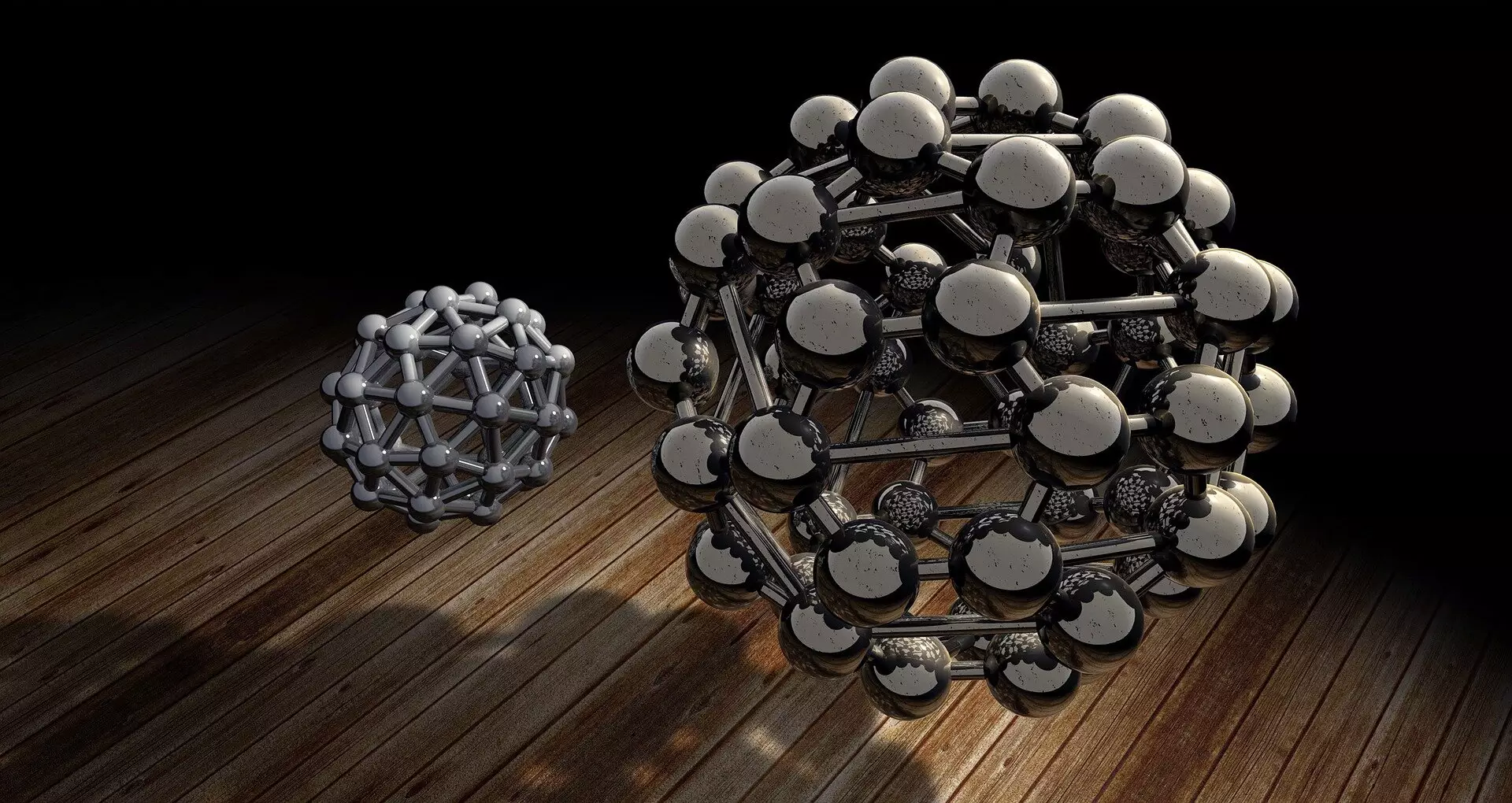In recent years, the technological landscape has witnessed a significant shift towards organic electronic devices, fueled by the demand for more flexible, lightweight, and energy-efficient alternatives to traditional semiconductor materials like silicon. At the forefront of this innovation is a groundbreaking molecule known as DP7, developed by chemists at RIKEN. This molecule not only enhances the performance of organic electronic devices but also offers remarkable stability compared to its predecessors, thereby raising positive prospects for its adoption in commercial manufacturing.
The Challenge of Organic Semiconductors
Organic semiconductors stand out for their unique properties that allow for the development of flexible displays and electronic devices. However, one of the persistent challenges in this domain has been the reliance on dopants—additional molecules that can amplify electron flow within organic semiconductors. Historically, organic dopants have posed several issues, primarily their instability when exposed to varying conditions, which makes them difficult to synthesize and use reliably in practical applications. This instability has hindered the maturation of organic electronics despite their promising applications in devices like OLEDs (Organic Light Emitting Diodes).
DP7: A Game-Changer in Stability and Efficiency
Kazuo Takimiya, the visionary researcher leading the DP7 project, has deftly navigated these challenges through innovative molecular engineering. The creation of DP7 involved critical modifications to a prior molecule, tetraphenyl dipyranylidene, specifically the introduction of nitrogen-based amine groups. These changes effectively pushed electrons into the molecule’s core—an alteration that boosts electron donation capability and subsequently enhances conductivity within electronic devices.
The results of this endeavor are not just academic; they are practical and significant. Tested against conventional dopants, DP7 demonstrated outstanding resilience even under high temperatures, showcasing an impressive stability that holds immense promise for real-world applications.
Performance Metrics: A Closer Look
The performance metrics associated with DP7 are astounding. In experimental trials, the integration of DP7 into organic field-effect transistors (OFETs) yielded unprecedented findings. When applied to a thin film of buckminsterfullerene—an advanced carbon molecule—the interface resistance between DP7 and the buckyballs proved to be among the lowest in electron-doped OFETs recognized to date. This reduced resistance translates to faster electron movement, which is critical for high-speed electronic applications.
Moreover, the longevity of the device is noteworthy. After a two-week storage period under controlled conditions, the devices exhibited no degradation. Such durability not only enhances the practicality of organic electronics but also makes them a more viable alternative in competitive technological markets.
Commercial Applications: Possibilities on the Horizon
Taking a step beyond laboratory success, Takimiya expresses optimism over DP7’s integration into commercial OLED applications. The molecule’s ease of synthesis from readily available chemicals through minimal reaction steps makes it particularly appealing for mass production—a crucial factor for industrial manufacturers seeking scalable solutions.
The potential applications extend beyond displays; the use of DP7 in other electronic devices promises a revolution in various sectors, including consumer electronics, wearables, and potentially, automotive technologies where both flexibility and efficiency are pivotal.
Looking Towards the Future
As exciting as the advancements of DP7 are, the research team at RIKEN is already pursuing the next frontier: the identification of alternative stable dopants with superior electron-donating capabilities. The pursuit of these novel materials may not only bolster the field of organic electronics but also pave the way for innovations that could redefine how we perceive and utilize electronic devices.
In summation, the journey of DP7 encapsulates the spirit of innovation and determination inherent in scientific research. Its emergence signifies a bold step towards more sustainable and versatile electronic solutions, potentially transforming various aspects of modern technology and enhancing the user experience in ways previously unattainable.


Leave a Reply